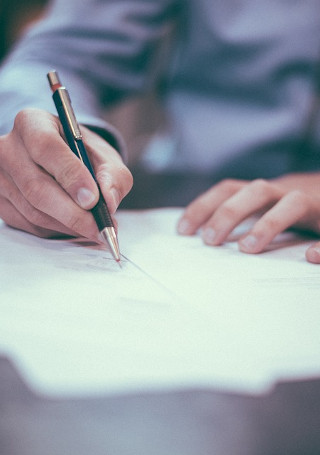Tenant screening plays an essential role in keeping your property safe and secure for existing tenants. While approving an application brings you one step closer to signing a new…
continue reading
50+ Sample Thank You Letters
-
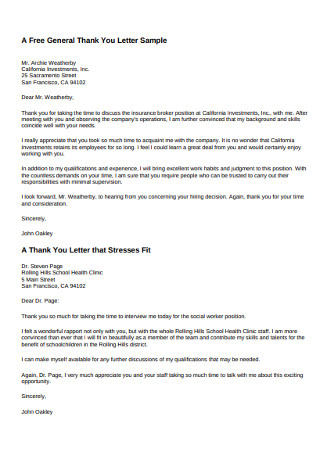
Sample Free General Thank You Letter
download now -
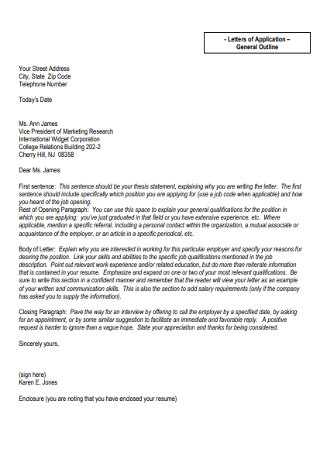
Thank You Application Cover Letter
download now -
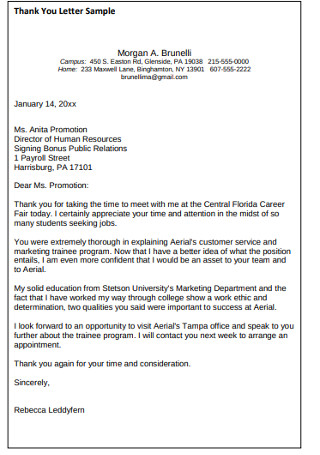
Director Thank You Letter
download now -
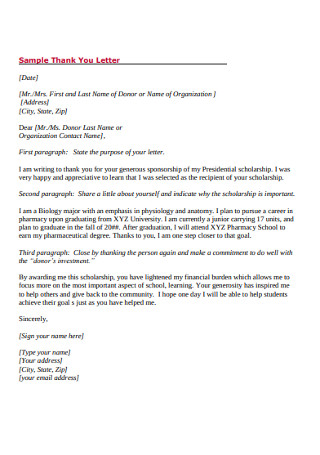
Foundation Thank you Letter
download now -
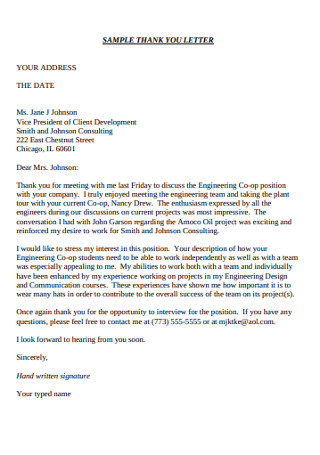
Client Thank You Letter
download now -
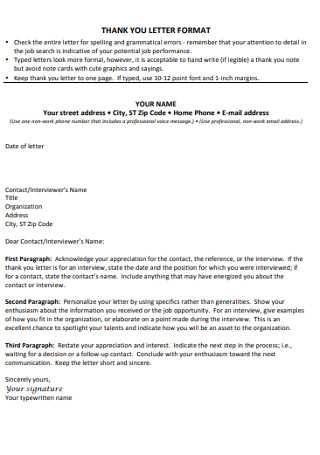
Thank You Letter Format
download now -
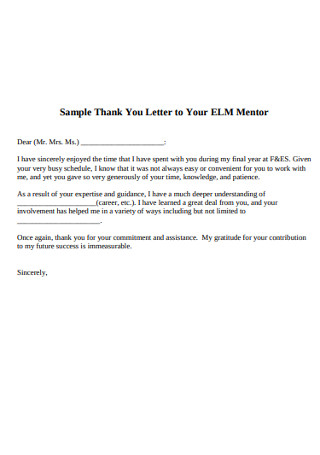
Sample Thank You Letter to Your Mentor
download now -

Thank You Letter for Scholarships
download now -
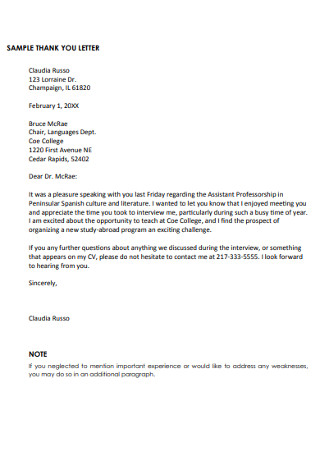
Interview Thank You Letter
download now -

Sample Thank You Information Letter
download now -
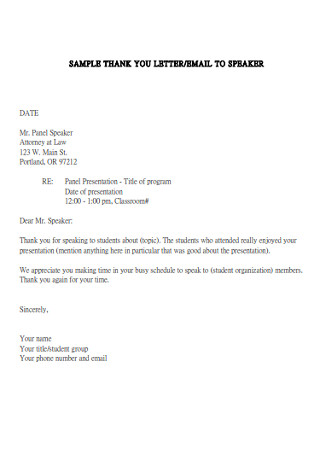
Sample Thank You and Email Speaker Letter
download now -
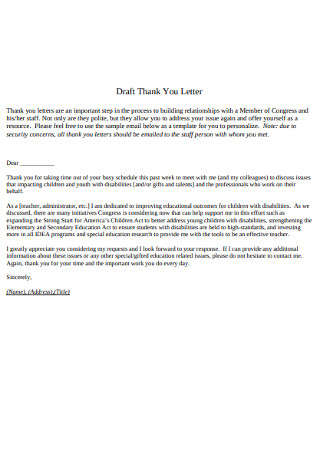
Draft Thank You Letter
download now -
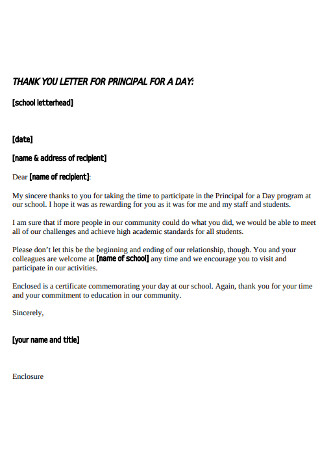
Thank You Letter for Principal
download now -
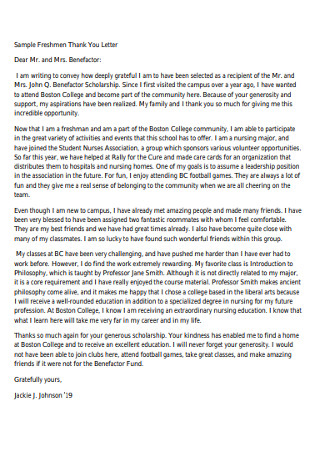
Sample Freshmen Thank You Letter
download now -
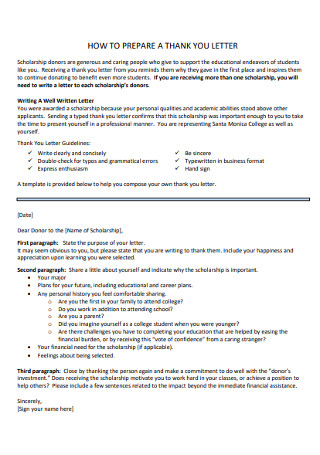
Foundation Thank You Letter
download now -
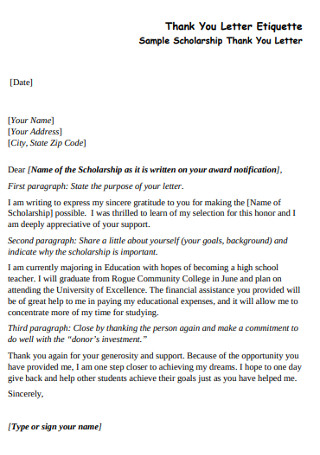
Sample Scholarship Thank You Letter
download now -
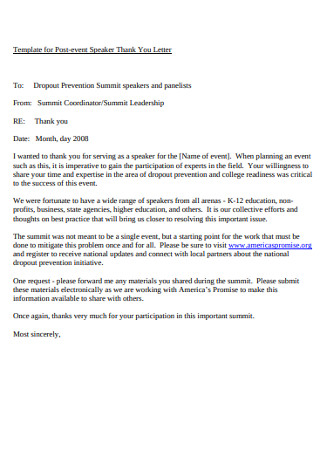
Post-event Speaker Thank You Letter
download now -
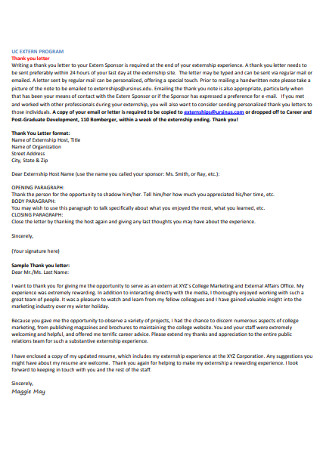
Extern Program Thank You Letter
download now -
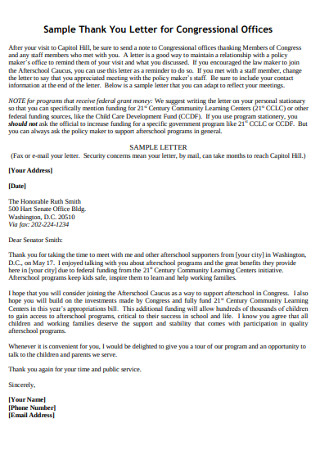
Sample Thank You Letter for Congressional Offices
download now -
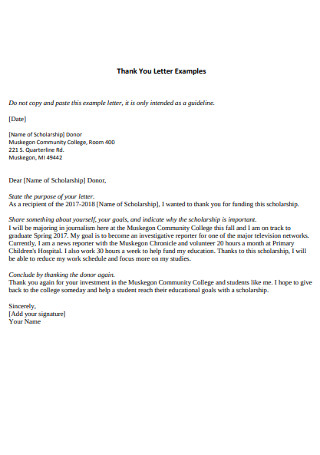
College Thank You letter Template
download now -
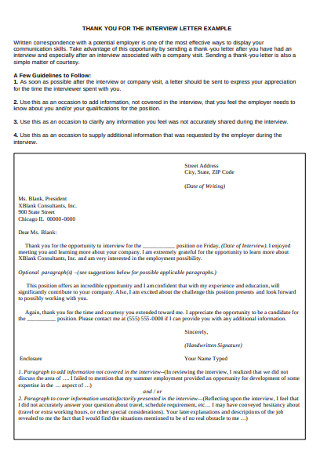
Sample Thank You for Interview Letter
download now -
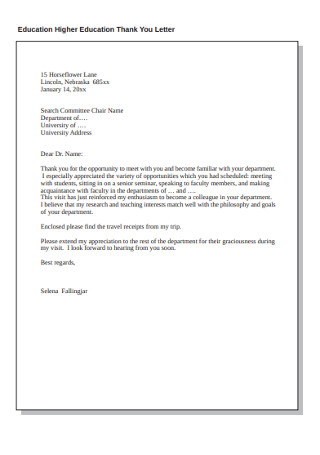
Education Higher Education Thank You Letter
download now -
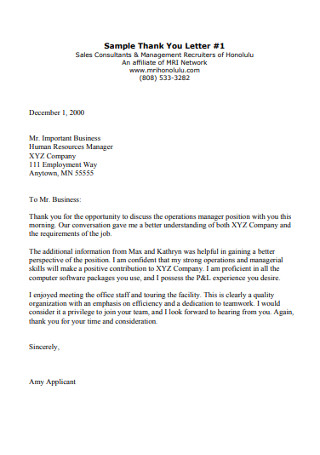
Sample Manager Thank You Letter
download now -
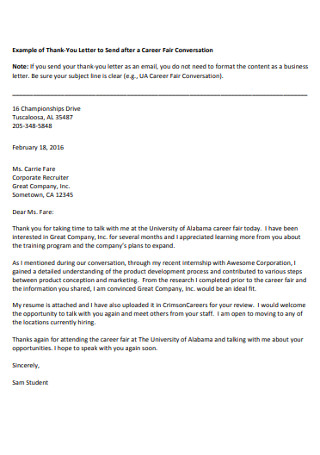
Thank You Letter to Send after Career Fair Conversation
download now -
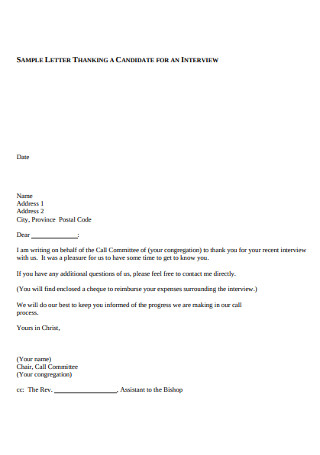
Thank You Letter for Candidate Interview
download now -
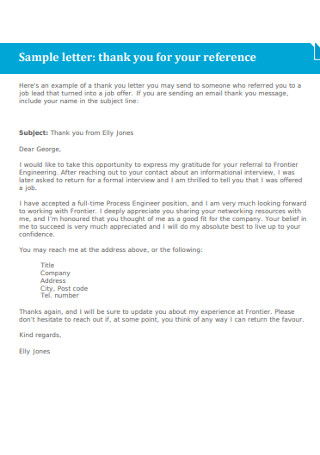
Sample Thank You Reference Letter
download now -

Thank You Support Letter
download now -

Job Shadow Thank You Letter
download now -
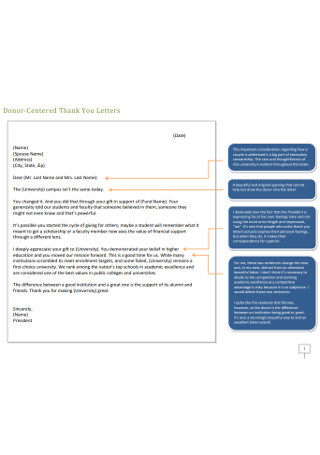
Donor-Centered Thank You Letters
download now -
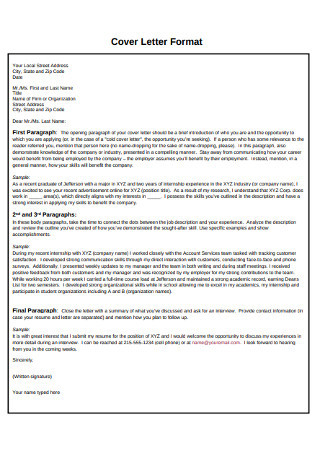
Thank You Cover Letter Format
download now -
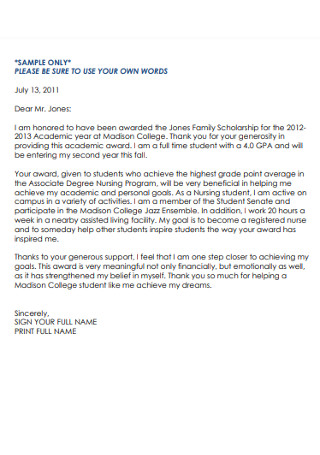
Scolorship Recipient Thank You Letter
download now -
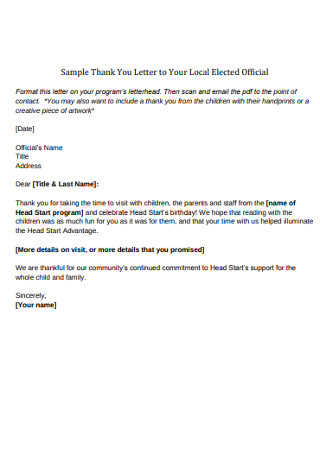
Sample Thank You Letter Local Elected Official
download now -
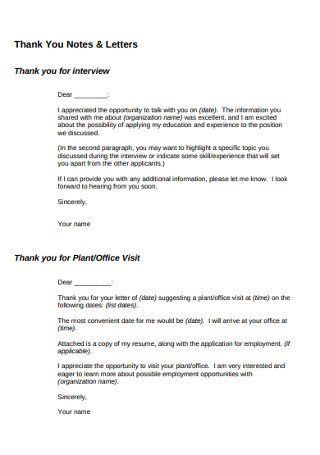
Thank You Notes and Letters
download now -
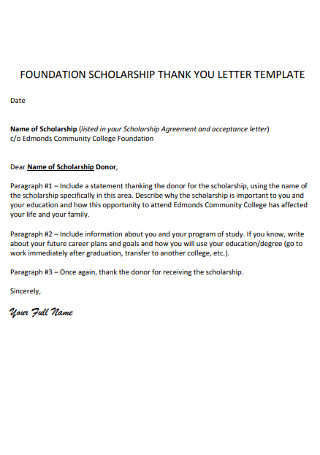
Foundation Scholarship Thank You Letter
download now -
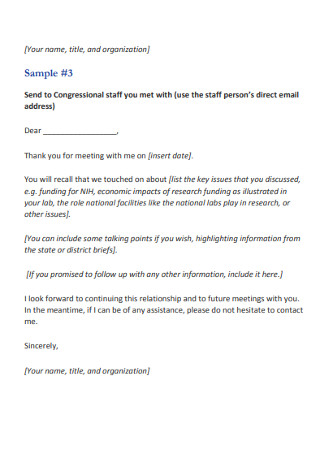
Sample Congressional Thank You Letters
download now -
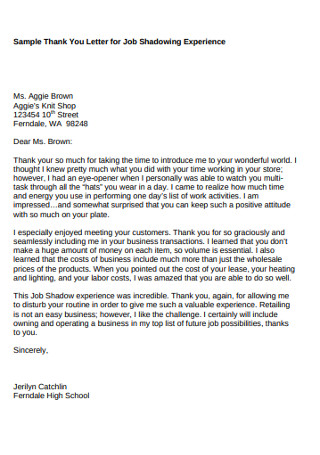
Sample Thank You Letter for Job Shadowing Experience
download now -
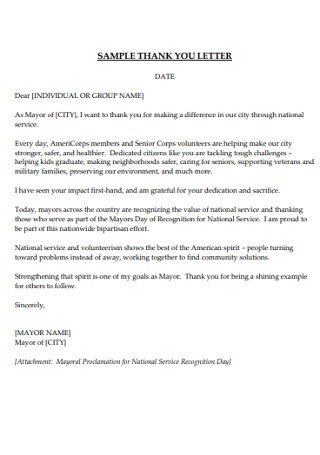
Sample Individual Thank You Letter
download now -

Sample Following an Interview Thank You Letter
download now -
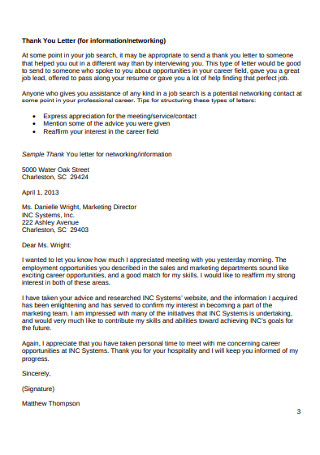
Thank You and No Thank You Letter
download now -

Thank-You Letter to Current Patient for a Referral
download now -
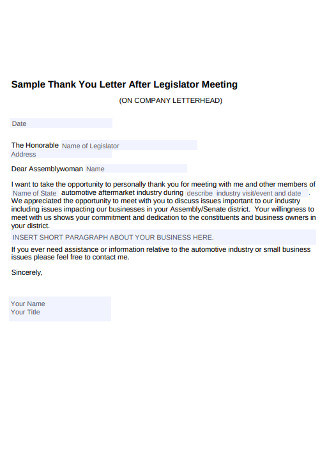
Sample Thank You Letter After Legislator Meeting
download now -

University Thank You Letter
download now -
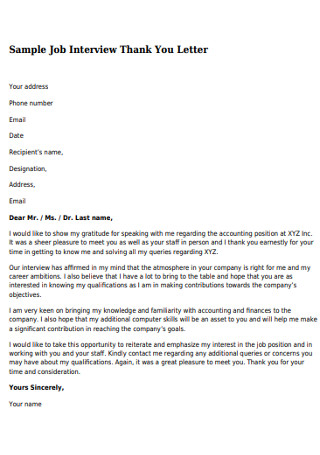
Sample Job Interview Thank You Letter
download now -
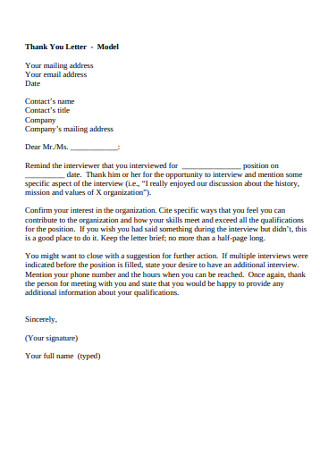
Thank You Model Letter
download now -
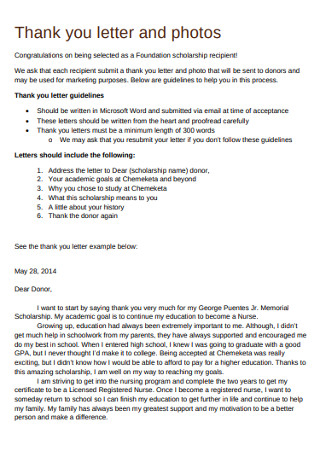
Thank You Letter and Photos Template
download now -
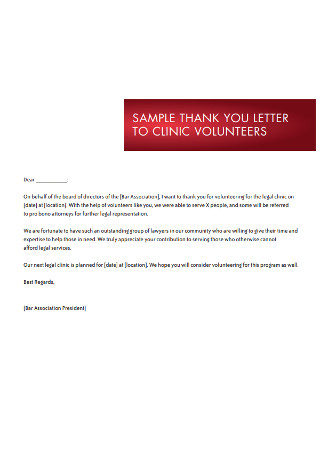
Thank You Letter for Clinic Volunteer
download now -
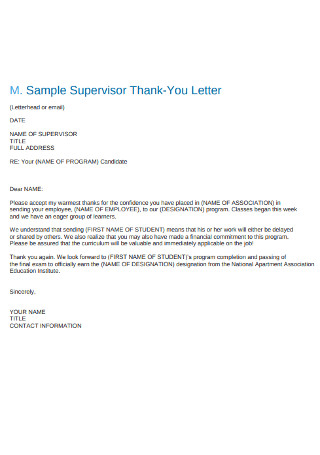
Sample Supervisor Thank-You Letter
download now -
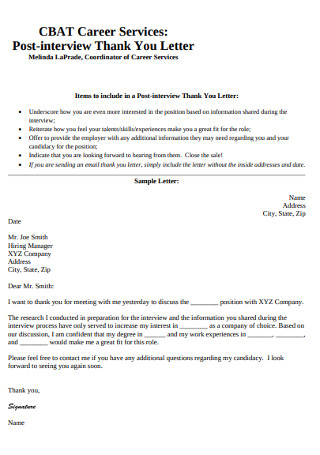
Post-interview Thank You Letter
download now -
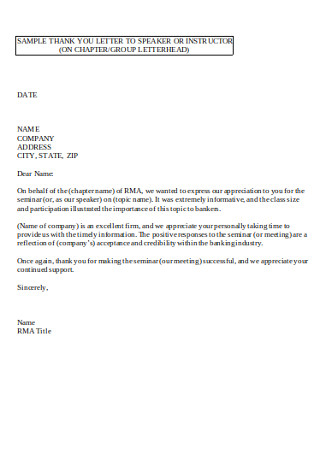
Sample Thank You Letter for Speaker Instructor
download now -
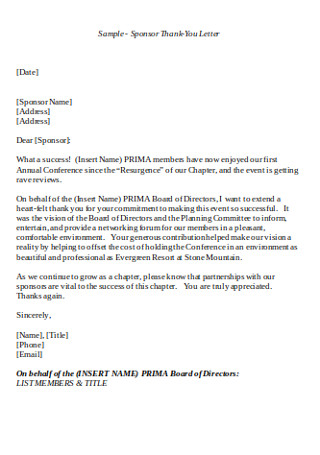
Sponsor Thank-You Letter
download now -
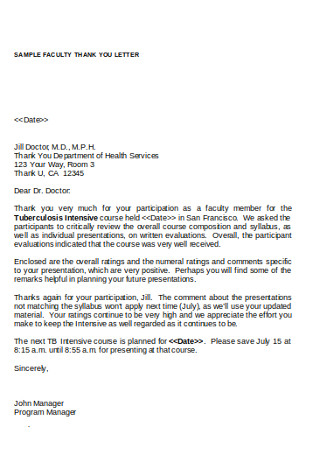
Sample Faculty Thank You Letter
download now
What Is a Thank You Letter?
For sure, you must have heard about a thank you letter—a written document that contains your message of thanks for someone, something, or a certain cause. This detailed letter is more than just saying the words “Thank you,” as it contains other elements may it be a formal or informal document, depending on where you plan on using or giving this letter. And thank you letters have been used in schools, charities, businesses, and other examples to spread your message of gratitude in the best way possible.
Based on a survey, 82% of working Americans feel that their contributions weren’t appreciated by their managers.
Why Is a Thank You Letter Important?
A thank you letter is essential to express your gratitude for varying reasons, may it be to a friend who visited you frequently while you were sick, to an employee who recommended you a job promotion, or to a customer who has been loyal enough in trusting your brand. Nonetheless, just think about writing such a letter when you really need to say thanks properly. And by saying thank you, you can help strengthen your relationship with the recipient, expect a positive outcome, and make your recipient feel good in general. Write a thank you letter frequently and you will eventually notice the advantages of how people react when they are appreciated and you show how grateful you are for their help or presence.
What Are the Parts of a Thank You Letter?
You can express your message of thanks in a thank you letter for any format or design. But, there are common elements usually noticed per example. And it is crucial that you get to know the parts of a thank you letter to ensure that your next letter is wholesome enough and you won’t miss the significant details.
What Are the Types of Thank You Letters?
You can say thank you for a special gift, scholarship, event, donation, work experience, and so much more. But these letters are usually divided into two types only—the formal and informal thank you letters. So what are they and what is their difference?
Formal Thank You Letters
Formal thank you letters are known as business-appropriate letters. So if your reasons for thanking all lead down to professional or business-related purposes, then a formal document is the way to go. Think of this type as a thank you letter where the letter is necessary to be created, like most business letters. Hence, you really need to make them for formal matters like a customer referral, project approval, business partnership, etc.
Informal Thank You Letters
On the other hand, an informal thank you letter is the type where there is no strict format and structure for your letter. You can use this example when you just need to say thanks shortly or you insert some personal messages as well. Hence, non-business matters lead to informal thank you letters, like thanking a friend, family member, partner, or anyone outside your corporate life. In some cases, you can just send a thank you postcard for this type rather than having the complete parts of a thank you letter.
How to Make a Streamlined Thank You Letter
Now for the main crux of the matter, are you ready to make a thank you letter? Ensure that you won’t just make a generic thank you letter but rather an easier and more efficient example in high-quality output. To accomplish that, you simply need to follow these six steps:
Step 1: Review the Whole Situation First
Ensure that you know what to say before even writing a thank you letter. First of all, are you sure of your purpose in writing it? And do you have an idea what to say already? The key is to assess the situation properly. It is a good start to identify what to thank for from your recipient’s moral support, guest speaking contribution, or maybe an employee attendance record. There should be records that prove how true their achievements or contributions are to ensure that the recipients are deserving.
Step 2: Download a Sample Thank You Letter
Once you are confident about the whole matter, you can begin downloading a template from the many enlisted sample thank you letters in this post. Each sample is pre-formatted so you won’t have to deal with tedious tasks in managing the letter’s content, structure, format, and design. And if you are unhappy with some factors, feel free to change them since these templates are editable as well. There is always room for improvement in perfecting your letter here.
Step 3: Organize Your Content Based on the Basic Parts
You can’t have a thank you letter with jumbled data. You should know how to organize them for a more understandable presentation. And a tip is to follow the parts of a thank you letter discussed earlier. That way, your discussion flow gets arranged accordingly starting with the date down to the sender’s details and signature. Bear in mind that a hard-to-read document could make your letter a total fail already.
Step 4: Give Life to Your Statements
Incorporate a personal touch to your statements in the thank you letter. People wouldn’t just feel appreciated by using the usual words stated in formal letters. Instead, you keep it heartfelt by having a sincere tone and a cordial reflection of yourself. This tip is basically the challenge with writing letters because people can’t easily tell if you are kind, sarcastic, or upset with your given message. But, you can give a hint of your kindness by making the statements more personal.
Step 5: Decide the Thank You Letter’s Output
How should the thank you letter turn out like for the final product? Should you print and deliver it to the recipient personally or send it thru email instead? The decision is up to you. For the format, you can even use the PDF or MS Word version. What matters the most is you have a final plan for the output because it might not turn out as how you expected it to be.
Step 6: Evaluate Everything before Sending the Letter to the Recipient
You better not send poorly written letters to your recipients. Otherwise, you might end up offending the receiver or that the message you planned to give gets misconstrued due to the errors. Hence, conduct evaluations until the result is eventually error-free. So once you are confident with the spelling, correct data, and other considerations, you can freely submit the thank you letter without doubting its content.
FAQs
What are the advantages of a thank you letter?
Some of the highlighted advantages of a thank you letter are:
- Your thank you letter reflects a lot on your character as an individual.
- The letter grants the opportunity to stay on good terms with your network.
- This letter helps lessen the intimidation in asking for potential favors at some point.
- A thank you letter can uplift a recipient’s mood, confidence, or performance.
- Lastly, studies suggest that saying thank you leads to a more joyous life and not just for the recipients.
What should you avoid doing in making a thank you letter?
It is discouraged to write generic thank you letters. Don’t just use a one-message-fits-all type of letter as you should give a more personal message than an automatic or basic message. Putting effort into your statements would be more appreciated by recipients than some cliched statements anyway. Also, you can’t include irrelevant information in the letter. State only what you thank about the person or matter rather than losing track of the subject. Lastly, don’t use bad language. Writing letters cordially is encouraged as you might offend recipients rather than making them feel appreciated.
What is the standard format of a thank you letter?
Thank you letters are often just a single-page document so it is best to keep it concise as much as possible. Conventionally, such letters have the Times New Roman, Calibri, or Arial font with a font size of between 10 and 12.
Thank you letters certainly help you build relationships, stay in contact with your network, and many other ways. But what you say in the letter and how you wrote it makes a whole lot of difference as people will either be impressed or unimpressed by it. So the next time you plan any content for a thank you letter, simply take advantage of the downloadable references listed in this post. Each sample thank you letter is ready for customization until you can eventually make others feel appreciated with your genuine gratitude. Download now!

